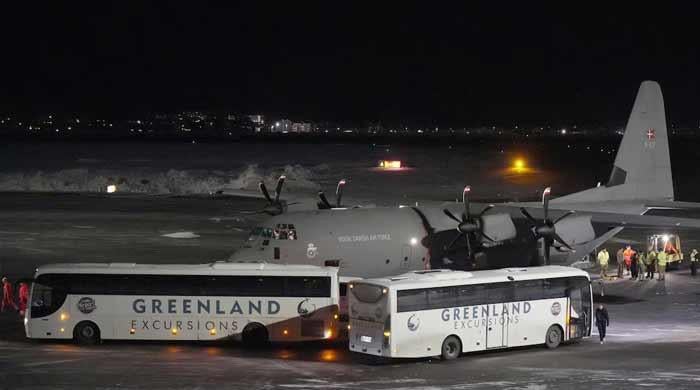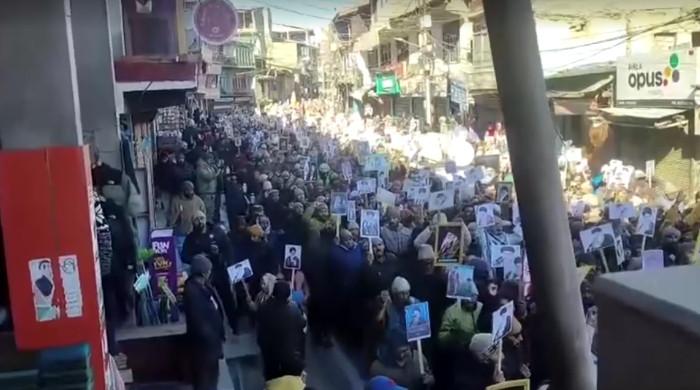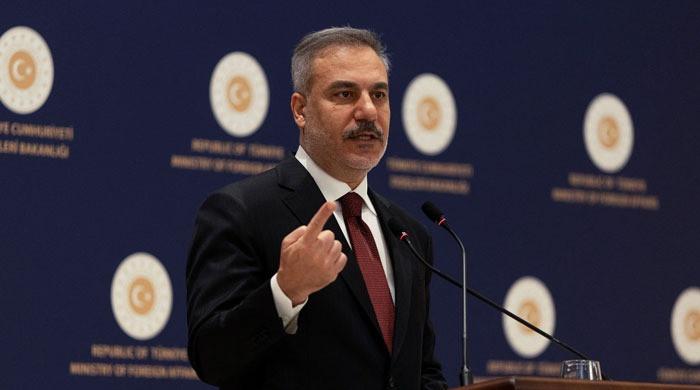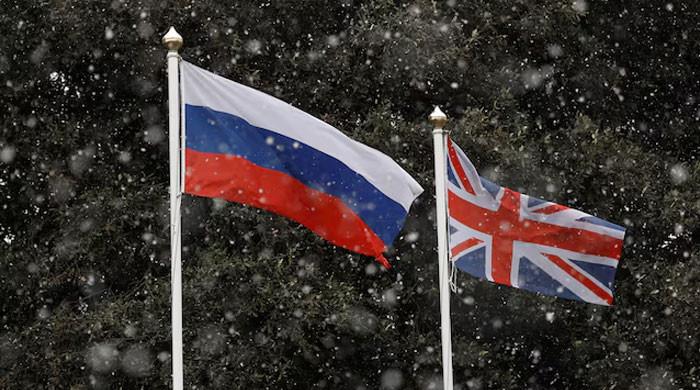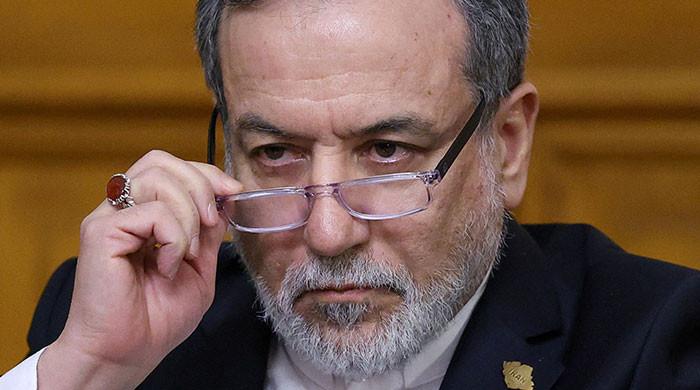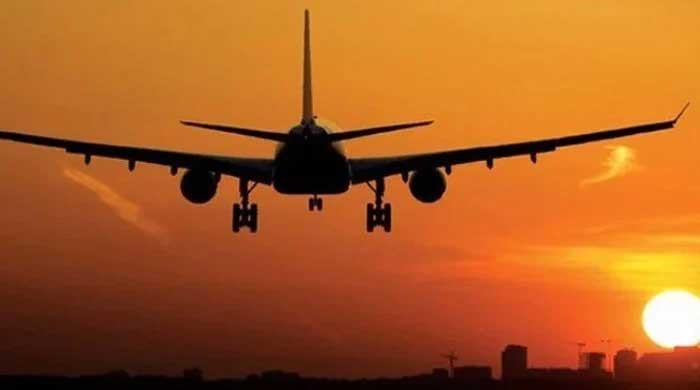Polar vortex set to batter US with extreme cold
Polar vortex is unleashing one of the coldest stretches of winter yet, and USA is bracing for an icy onslaught
January 12, 2024
![The top of the observatory tower at Mount Washington State Park, where the wind chill dropped to -79 Celsius, is seen in a still image from a live camera in New Hampshire, US, February 4, 2023 [Mount Washington Observatory/mountwashington.org/Handout via Reuters]](https://www.geo.tv/assets/uploads/updates/2024-01-12/526697_2141798_updates.jpg)
A bone-chilling cold is sweeping in as the polar vortex gears up for an icy assault across the United States.
This weekend, an Arctic chill is expected to grip the nation, leaving football fans in the Midwest shivering and Iowa voters facing subzero temperatures just ahead of the state’s crucial caucus.
The polar vortex is a large area of extremely cold air near the North Pole. It's called the polar vortex because the air in this region spins around in a counter-clockwise direction. Now, this cold air is getting even larger and moving southward, bringing a very chilly blast of air with it.
On January 13, as the Kansas City Chiefs take on the Miami Dolphins in an NFL wild card playoff game, temperatures in Kansas City are predicted to plummet to a teeth-chattering minus 21 degrees Celsius. Simultaneously, Iowa City braces for a frosty minus 12.7 degrees Celsius – a dramatic departure from the spring-like conditions experienced just last December.
This sudden deep freeze is triggering a surge in demand for heating fuel across homes and businesses, resulting in a significant spike in natural gas prices – the most substantial increase since July 2022. Concerns about the capacity of power grids to handle the heightened load are also mounting.
Rob Carolan, owner of Hometown Forecast Services, warns, "It took winter about six weeks to get started, but it’s going to go gangbusters for the next couple of weeks. This will be the coldest stretch of winter so far from the Plains to the Midwest."
Several atmospheric factors are contributing to this frigid onslaught. A warming in the stratosphere above the North Pole disrupted the usual flow of the polar vortex, enabling it to send a surge of Arctic air southward into Canada and the US.
Blocks, or stationary atmospheric pressure patterns, across Greenland and eastern Canada are intensifying the cold, pushing the polar jet stream further south. The presence of snow across the Great Plains and Midwest is adding momentum, potentially carrying the deep freeze as far south as Texas.
In Texas, the state’s grid operator is on high alert due to the risk of increased demand and lower power reserves. Dallas could see temperatures drop to minus 9.4 degrees Celsius on January 15, while Houston may face minus 4.4 degrees Celsius on January 16.
As gas prices surge in anticipation of the Arctic chill, the heating oil market remains subdued with ample stockpiles. Meanwhile, the Northeast, including New York, will experience a weather rollercoaster, swinging from a powerful rainstorm on January 12 to freezing lows by January 14.





